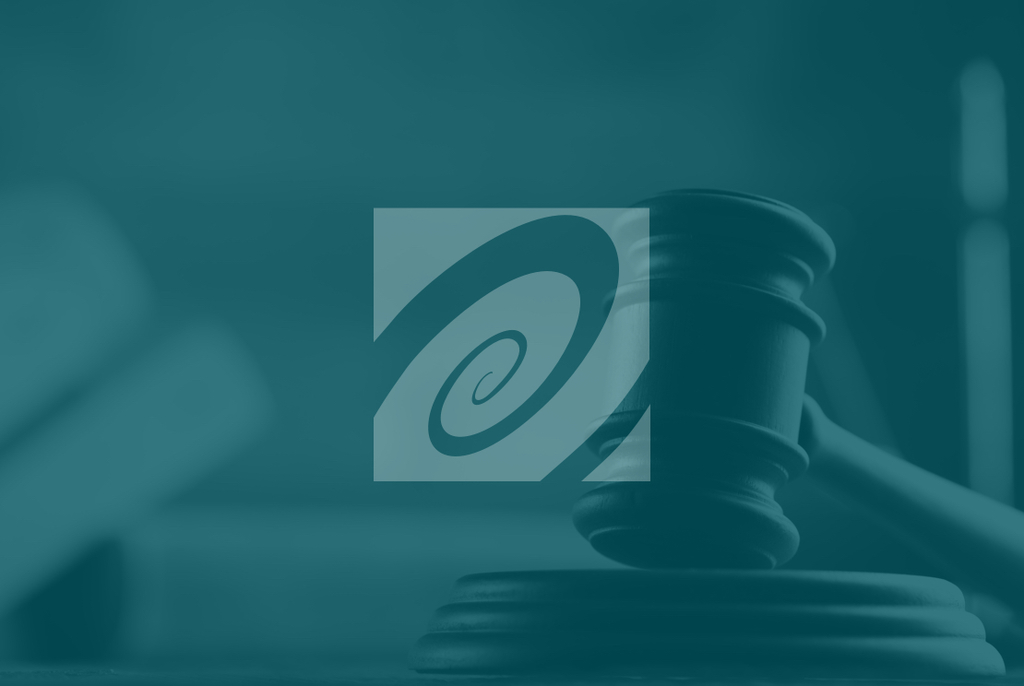On Tuesday in New York the U.S. Department of Justice announced its settlement of charges against the multinational bank HSBC for, among other things, laundering $881 million in drug trafficking proceeds. Hundreds of millions of dollars from drug buyers and sellers in the United States was the fuel for an elaborate international scheme that connected retail outposts like Baltimore with cartels in Mexico, fake businesses in the Cayman Islands, and a small army of button-down bankers, bureaucrats, and corrupt or ignorant government officials—including those in the United States.
HSBC received a large fine. No criminal charges were brought. None.
This story won’t receive any local attention and it will disappear from the news shortly. But I’d like to give it a little context by telling a story. It starts with a question:
“Where do the drugs come from then?”
This rhetorical question was put to me by a young man who was in a program because he had been arrested and adjudicated for the possession of and the intent to distribute narcotics. He and a group of about seven others in a similar circumstance sat around a table and were finishing up their efforts at constructing paragraphs that would pass muster for the graders of GED tests.
“Who’s gettin’ paid?”
Like a good teacher, he punctuated his analytical brief on the socioeconomics of the drug trade with these pointed questions to make sure that I and his audience were following along. He makes references to the CIA,“Highway” Ricky Ross, Al Pacino in the movie Scarface, Oliver North, the geography and micro-climates of the Andes, the role of the local Baltimore police in facilitating drug commerce, the Wire, nuances of using the triple-beam scale, capitalism, a number of Hip-Hop artists and songs and hints darkly at the vast conspiracy at work. His peers nod knowingly.

As a teacher in high school in Baltimore and at a few Maryland prisons, I have heard scores of versions of this worldview—from cocky ninth-graders to men serving decades for their possession and intent to distribute.
To those outside the experience of hyper-segregated, impoverished communities in Baltimore where no one is more than one-degree removed from the drug trade, such talk is dismissed as just so much bluster and ignorance.
Such dismissal misses the nuances of this worldview that clearly work to explain the lived experience of such young men. Contained within the analysis is political and economic theory and a complex understanding of power and privilege. Also, more simply, contained within this analysis is a way to make sense of what it means to grow up in certain Baltimore neighborhoods.
Also easily missed in the dismissal of such thinking is the worldview contained in the Statement of Facts that the drug trade gangsters at HSBC have agreed to in their settlement. Here are a few highlights:
As a result of these concurrent … failures, at least $881 million in drug trafficking proceeds, including proceeds of drug trafficking by the Sinaloa Cartel in Mexico and the Norte del Valle Cartel in Colombia, were laundered through HSBC Bank USA without being detected. …
The U.S. State Department’s International Narcotics Control Strategy Reports from as early as 2002 stating with regard to Mexico that “the illicit drug trade continues to be the principal source of funds laundered through the Mexican financial system. . . . The smuggling of bulk shipments of U.S. currency into Mexico and the movement of the cash back into the United States via couriers, armored vehicles, and wire transfers, remain favored methods for laundering drug proceeds. …
U.S. law enforcement has observed a dramatic increase in the smuggling of bulk cash proceeds from the sale of narcotics and other criminal activities from the United States into Mexico. Once the U.S. currency is in Mexico, numerous layered transactions may be used to disguise its origins, after which it may be returned directly to the United States or further transshipped to or through other jurisdictions. …
From July 2006 to December 2008, Banknotes purchased over $9.4 billion in physical U.S. dollars from HSBC Mexico, including over $4.1 billion in 2008 alone. …
One example, identified by HSBC Group’s Head of Compliance in July 2008, involved “significant USD [U.S. dollar] remittances being made by a number of [HSBC Mexico’s Cayman Islands U.S. dollar] customers to a US company alleged to be involved in the supply of aircraft to drug cartels.” …
In July 2007, a senior compliance officer at HSBC Group told HSBC Mexico’s Chief Compliance Officer that “[t]he AML committee just can’t keep rubber-stamping unacceptable risks merely because someone on the business side writes a nice letter. It needs to take a firmer stand. It needs some cojones. We have seen this movie before, and it ends badly.” …
[T]he Black Market Peso Exchange (“BMPE”) is a complex trade-based money laundering system that is designed to move the proceeds from the sale of illegal drugs in the United States to the drug cartels outside of the United States, often in Colombia, often through the use of bank accounts. …
The investigation further revealed that drug traffickers were depositing hundreds of thousands of dollars in bulk U.S. currency each day into HSBC Mexico accounts. In order to efficiently move this volume of cash through the teller windows at HSBC Mexico branches, drug traffickers designed specially shaped boxes that fit the precise dimensions of the teller windows. The drug traffickers would send numerous boxes filled with cash through the teller windows for deposit into HSBC Mexico accounts.



